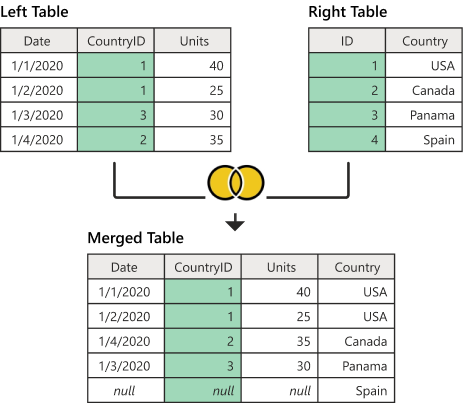Introduction to FULL JOIN in PostgreSQL
In PostgreSQL, the FULL JOIN clause is used to combine rows from two tables based on a related column between them. It returns all rows from both the left and right tables, regardless of whether there is a match. If there is no match, the result will contain NULL values for the missing columns. The basic syntax for a FULL JOIN is:
SELECT column1, column2, ...
FROM table1
FULL JOIN table2
ON table1.column = table2.column;
The ON clause specifies the condition for matching rows between the tables.
FULL JOIN Diagram
Here's a diagram illustrating how a FULL JOIN works:
Table A Table B
+----------+ +----------+
| id | name | | id | age |
+----+------+ +----+-----+
| 1 | John | | 1 | 25 |
| 2 | Jane | | 3 | 35 |
| 3 | Bob | | 4 | 40 |
| 4 | Alice| +----------+
+----------+
FULL JOIN
+----------+----------+----------+
| Table A.id | Table A.name | Table B.age |
+------------+-------------+-------------+
| 1 | John | 25 |
| 2 | Jane | NULL |
| 3 | Bob | 35 |
| 4 | Alice | 40 |
+----------+----------+----------+
The FULL JOIN returns all rows from both the left table (Table A) and the right table (Table B). If there is no match, the result will contain NULL values for the missing columns.
Use Cases for FULL JOIN
FULL JOIN is useful in a variety of scenarios, such as: 1. Retrieving data from multiple tables: FULL JOIN allows you to retrieve data from multiple tables, even if there are no matching rows in either table.
-
Identifying missing data: By using FULL JOIN, you can identify rows in either table that have no matching rows in the other table, which can be useful for data validation and cleaning.
-
Performing complex queries: By joining tables, you can create more complex queries that involve data from multiple sources, enabling more sophisticated analysis and reporting.
-
Optimizing database performance: When used correctly, FULL JOIN can help optimize database performance by reducing the amount of data that needs to be processed and returned.
Here's an example of using FULL JOIN in PostgreSQL:
-- Join the employees and departments tables
SELECT employees.first_name, employees.last_name, departments.department_name
FROM employees
FULL JOIN departments
ON employees.department_id = departments.department_id;
This query joins the employees and departments tables based on the department_id column. It will return all rows from both tables, regardless of whether there is a match. If an employee has no department or a department has no employees, the result will contain NULL values for the missing columns.
Another Diagram Showing Full Outer Join Visually

Conclusion
FULL JOIN is a useful tool for combining data from multiple tables in PostgreSQL, especially when you need to retrieve all rows from both tables regardless of whether there are matching rows. By understanding how FULL JOIN works and its use cases, you can write more efficient and effective queries to retrieve and analyze data from your database.